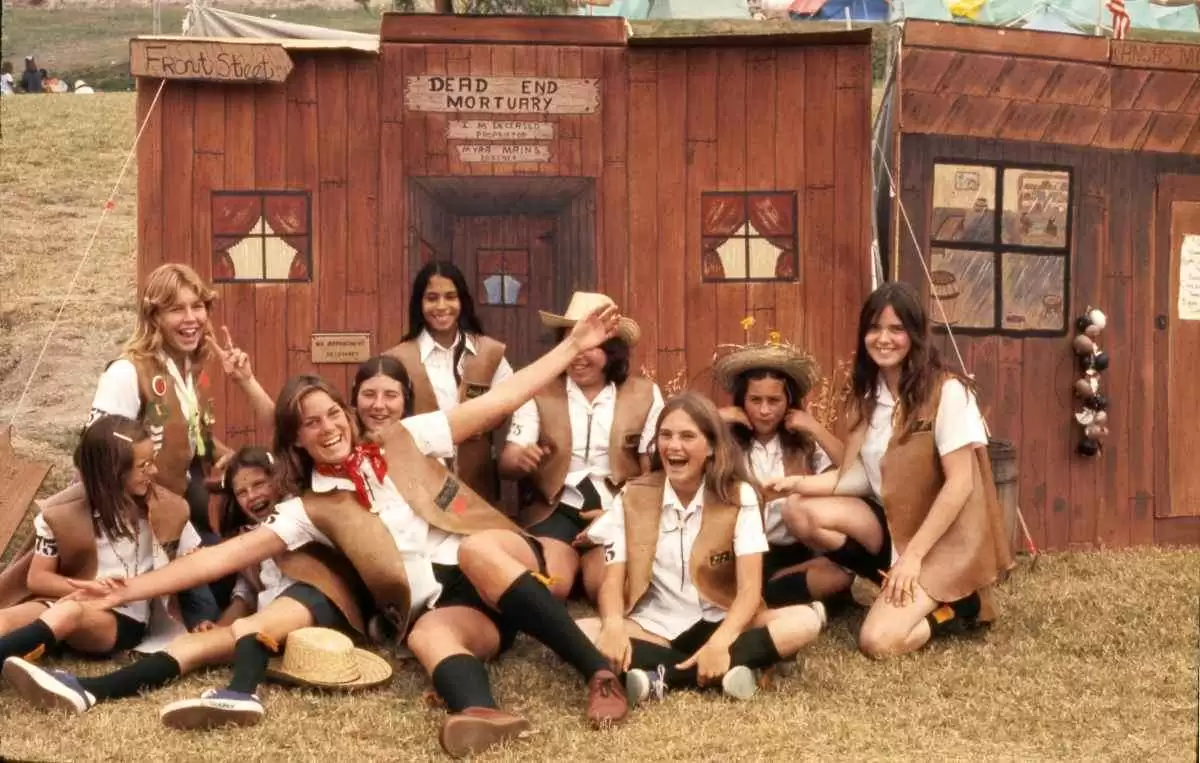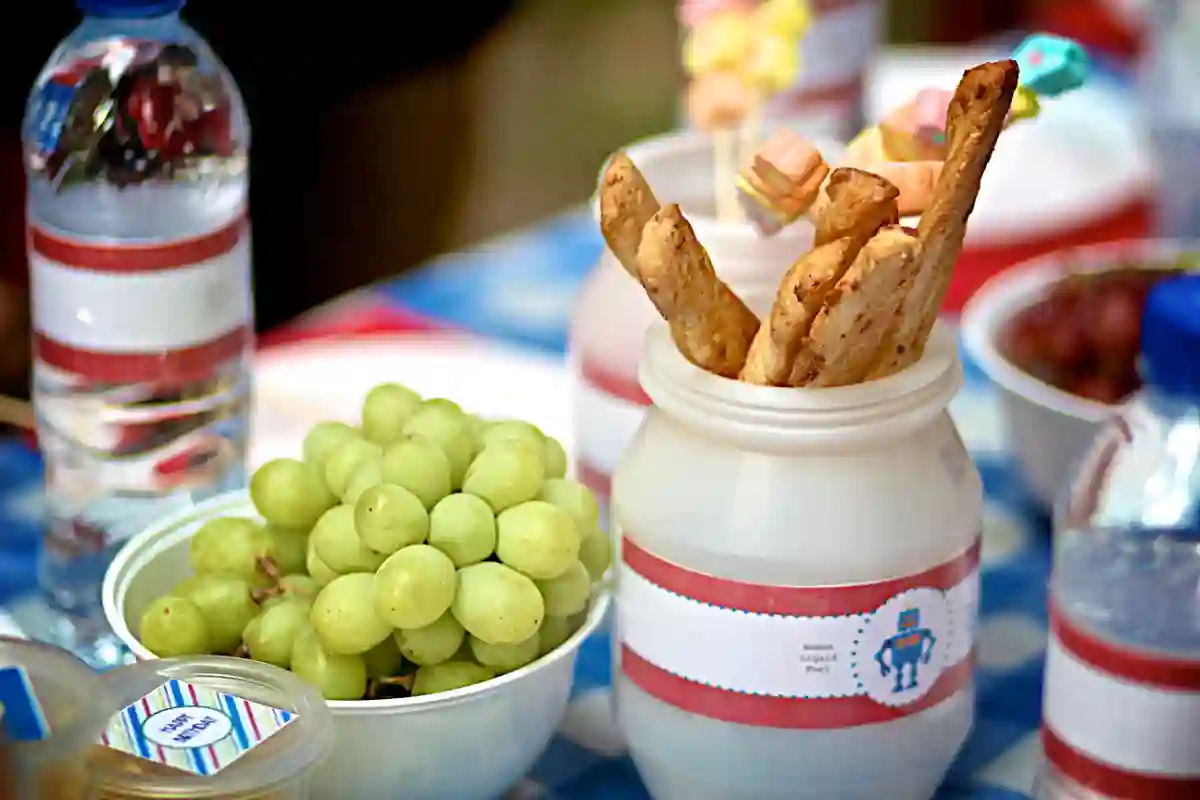Celiac.com 06/17/2025 - For children with celiac disease or gluten sensitivity, everyday activities like school lunches, birthday parties, and playdates can pose hidden risks. Cross-contamination, mislabeled foods, and well-meaning but uninformed adults can make it challenging to maintain a strict gluten-free diet.
This guide provides practical strategies to help parents ensure their gluten-free kids stay safe—while still enjoying social events, school functions, and everyday meals with confidence.
1. Understanding the Risks for Gluten-Free Kids
Celiac.com Sponsor (A12):
Children with celiac disease or gluten sensitivity must avoid even trace amounts of gluten to prevent symptoms like stomach pain, fatigue, and long-term intestinal damage. Unlike food allergies (where reactions are often immediate), gluten exposure may cause delayed symptoms, making it harder to identify the source.
Common hidden gluten sources in kids' environments include:
- Shared utensils or toasters
- Bulk bins at grocery stores
- Play-Doh (contains wheat)
- Art supplies (some glues and pastes)
- Processed snacks (even if labeled "wheat-free")
Parents must educate not only their children but also teachers, friends’ parents, and school staff about these risks.
2. Packing Safe and Enjoyable School Lunches
School cafeterias are high-risk zones for cross-contamination. Many schools now accommodate food allergies, but gluten-free needs require extra attention.
Gluten-Free Lunch Tips:
- Use dedicated containers – Avoid reusable plastic bags that may have held gluten-containing foods.
- Label everything clearly – Write "GLUTEN-FREE" on lunchboxes to prevent mix-ups.
- Choose naturally gluten-free foods – Fresh fruits, veggies, cheese, nuts (if allowed), and gluten-free crackers.
- Pre-packaged gluten-free snacks – Look for certified GF granola bars, chips, and yogurt cups.
- Communicate with the school – Provide a list of safe foods and ask about classroom snack policies.
Sample Gluten-Free Lunch Ideas:
- Turkey & cheese roll-ups with corn tortillas
- Hummus and veggie sticks
- Gluten-free pasta salad
- Yogurt with gluten-free granola
3. Navigating Birthday Parties and Playdates
Social events can be stressful for gluten-free kids, but with preparation, they can still participate fully.
Before the Event:
- Talk to the host – Explain your child’s dietary needs and offer to bring safe alternatives.
- Pack a "safe snacks" bag – Include gluten-free cupcakes, chips, or candy in case party food is off-limits.
At the Party:
- Check ingredient labels – Many candies and snacks contain hidden gluten (e.g., licorice, some chocolate bars).
- Watch for cross-contact – Avoid shared bowls of snacks where gluten-containing foods may have mixed in.
- Bring a gluten-free treat – If cake is served, have a pre-packaged GF cupcake ready.
Alternative Celebration Ideas:
- Suggest non-food activities (crafts, games, or movie nights).
- Host a gluten-free-friendly party so all kids can eat safely.
4. Educating Teachers, Friends, and Caregivers
Many people don’t understand the severity of gluten exposure for kids with celiac disease. Clear communication is key.
What to Share with Others:
- Celiac is not a choice – Even small amounts of gluten can cause harm.
- Cross-contamination matters – A "just one bite" mindset is dangerous.
- Safe alternatives exist – Many gluten-free versions of popular foods are available.
For School Staff:
- Provide a doctor’s note outlining dietary restrictions.
- Request advance notice for class parties to prepare safe treats.
- Ask if the school can keep emergency gluten-free snacks on hand.
5. Empowering Your Child to Advocate for Themselves
As kids grow, they need to learn how to manage their gluten-free diet independently.
Age-Appropriate Lessons:
- Preschoolers: Teach them to ask, "Does this have gluten?" before eating.
- Elementary kids: Help them read simple labels (look for "gluten-free" certification).
- Tweens/Teens: Discuss how to handle peer pressure and dining out safely.
Role-Playing Scenarios:
- "What do you say if a friend offers you a cookie?"
- "How do you politely decline food at a party?"
6. Travel and Eating Out Safely
Restaurants, vacations, and family outings require extra planning.
Tips for Dining Out:
- Research restaurants ahead of time (use apps like Find Me Gluten Free).
- Speak to the manager or chef – Don’t rely on menu descriptions alone.
- Avoid fried foods – Many restaurants use shared fryers for gluten-containing items.
Travel Preparedness:
- Pack gluten-free snacks for flights or road trips.
- Bring translation cards if traveling abroad to explain dietary needs.
Conclusion: A Safe and Happy Gluten-Free Childhood
Raising a gluten-free child comes with challenges, but with the right strategies, they can enjoy school, parties, and social events without feeling left out. By educating those around them, packing safe alternatives, and teaching self-advocacy, parents can help their kids navigate a gluten-filled world with confidence.
Key Takeaways:
- Always be prepared with gluten-free snacks.
- Communicate clearly with schools and friends’ parents.
- Teach your child to recognize unsafe foods.
- Focus on inclusion so they never feel restricted by their diet.
With these steps, gluten-free kids can thrive—both at home and in social settings.











Recommended Comments
There are no comments to display.
Create an account or sign in to comment
You need to be a member in order to leave a comment
Create an account
Sign up for a new account in our community. It's easy!
Register a new accountSign in
Already have an account? Sign in here.
Sign In Now